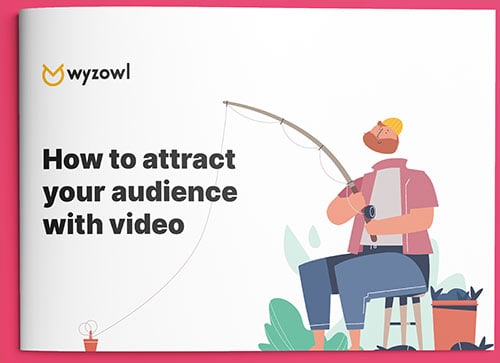Last updated on 8th March 2024
Although there are plenty of popular video hosting platforms out there, realistically, beginners face two standout choices: YouTube or Vimeo.
But which is better?
Let’s dive right into this head-to-head contest to decide which is the undisputed heavyweight hosting champion of the world!
1. Monthly users
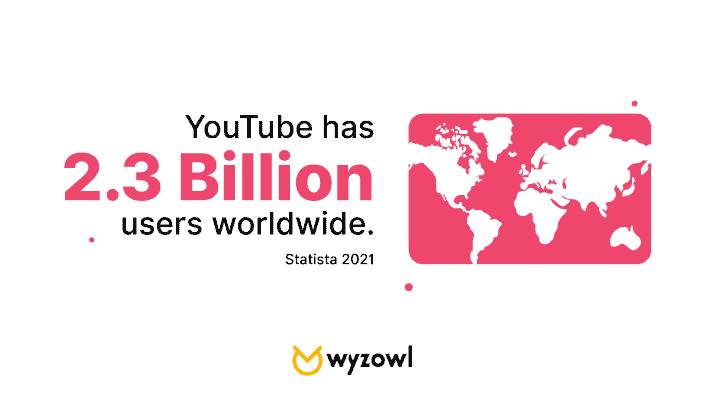
In terms of sheer numbers, YouTube absolutely dominates Vimeo – it is the world’s second most visited website after all.
While Vimeo’s 230+ million monthly users is nothing to be sniffed at, this figure pales in comparison to the more than 2 billion monthly logged in users that YouTube attracts.
That’s nearly half of all the 4.6 billion active internet users worldwide – such a massive audience!
If your overall aim is to reach the biggest audience possible, YouTube wins hands down.
2. Cost
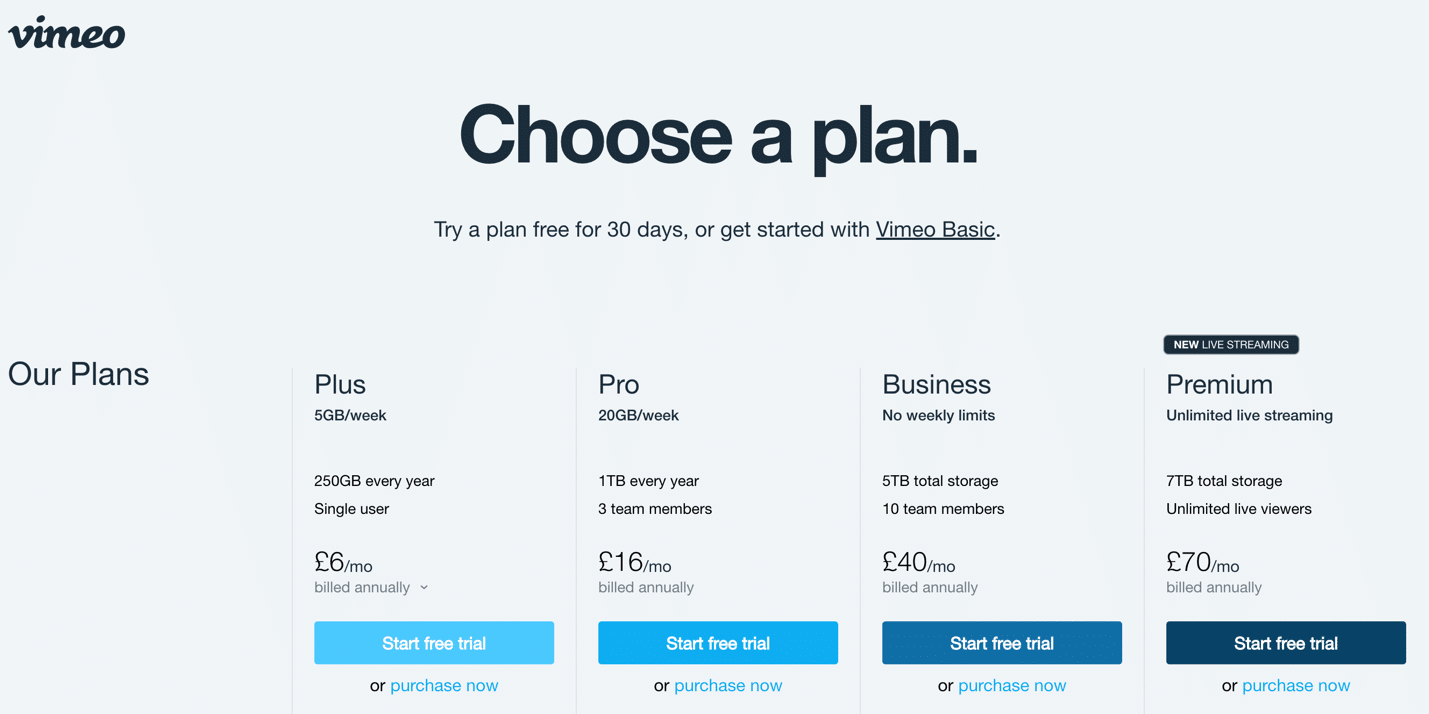
Vimeo offers four different packages for businesses: Plus, Pro, Business and Premium. Each offers varying amounts of weekly storage limits with the Premium plan also providing unlimited live streaming.
Their free plan, Vimeo Basic, is aptly named. It’s really quite limited in that it only gives you 500MB a week of upload space and up to 5GB of storage in total.
Whereas YouTube offers unlimited storage for free.
That’s another win for YouTube in the Vimeo vs YouTube stakes.
3. Community
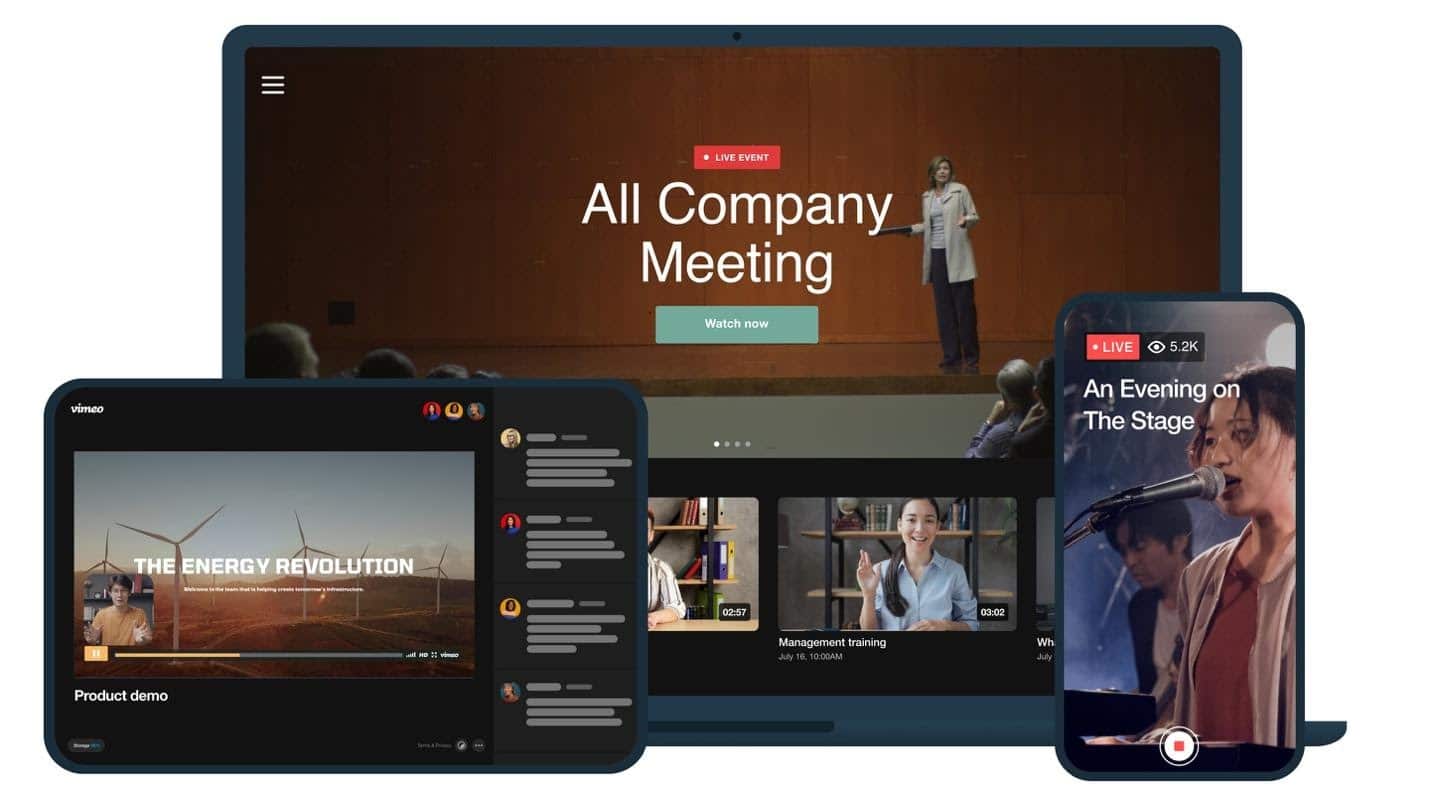
YouTube’s huge global following only tells part of the story.
With 2,500 new videos uploaded every minute, you’ll be competing in a heavily saturated market.
Whereas Vimeo’s smaller, more specialised audience base can provide better opportunities to reach more people and – crucially – the right type of people.
Vimeo’s community is also reputedly more supportive than what you routinely see in YouTube comment threads.
This time the Vimeo vs YouTube contest swings back in favour of Vimeo.
4. Search Engine Optimisation (SEO)
When it comes to search engine optimisation, the odds are heavily stacked in YouTube’s favour.
Why?
Well, the biggest search engine in the world, Google, just so happens to own YouTube.
Which in and of itself is the second largest search engine and website after its parent site.
Perhaps unsurprisingly, Google is known to favour videos that appear on YouTube over others.
Vimeo doesn’t stand a chance.
That’s another blow landed by YouTube.
5. Video quality

YouTube is often, and perhaps unfairly, maligned for its video and audio quality.
In fact, just as Vimeo supports the upload and playback of 8K Ultra High Definition (UHD) videos – the highest video resolution currently available – so does YouTube. Although take up is relatively slow at this point.
Vimeo and YouTube both impart a certain amount of compression to make videos smaller for storage purposes. Both will also play a video in the most relevant resolution based on the viewer’s internet bandwidth.
Although there are plenty of anecdotal comparisons that claim YouTube videos appear less crisp in 4K than Vimeo’s, there’s little concrete evidence to back up these claims.
6. Audio quality

Although YouTube and Vimeo offer a similar level of video quality in theory, audio quality is one area where they definitely differ.
Bitrates represent the amount of data transferred into audio. Generally speaking, the higher the bitrate, the better the audio.
Vimeo users have the advantage here because, unlike YouTube, Vimeo videos can be reinforced by playback at 320 kbps – the highest quality MP3 bitrate possible. Most videos on YouTube will stream in 128 kbps as standard or 256 kbps with a premium subscription.
That’s another win for Vimeo! The Vimeo vs YouTube contest is heating up!
7. Storage
Vimeo’s tiered pricing plans offer a sliding scale of storage options with a price to match.
The basic free plan offers 500MB a week, which is unlikely to be enough to do much at all.
Their paid plans range from 5GB of uploads a week and 250GB of storage a year through to no weekly limit and a total storage of 7TB.
In YouTube’s case, yep, you’ve guessed it, you get unlimited storage completely free.
It’s tough to compete with free, so that’s another victory for YouTube.
8. Support
Vimeo offers various levels of technical support and – this can prove extremely useful for less experienced video creators.
It’s worth mentioning that you will have to pay for the privilege. But even on their entry-level Plus plan Vimeo aims to respond to email queries within four hours during US business hours.
In contrast, YouTube offers a somewhat soulless online help centre with tons of troubleshooting tips to wade through and a somewhat hit and miss community forum.
So the pendulum swings back in Vimeo’s favour in the Vimeo vs YouTube debate.
9. Mobile experience
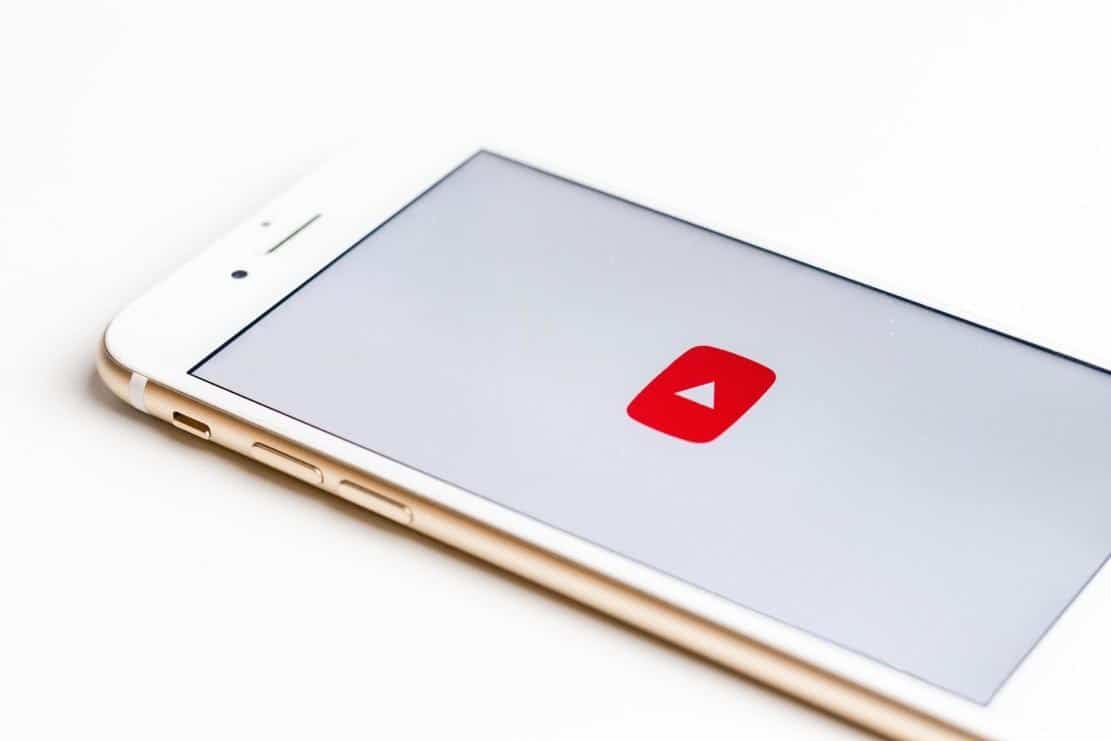
It’s estimated that 70% of all YouTube views now come from a mobile device. No wonder both YouTube and Vimeo automatically optimise all their videos for a better mobile experience.
In 2020, the Vimeo mobile app amassed a credible 7 million downloads worldwide.
However, YouTube was the fourth most downloaded iPhone app in 2020 and comes bundled with all Android devices.
No contest. YouTube streaks ahead of Vimeo once more.
10. Pre-roll and mid-roll ads
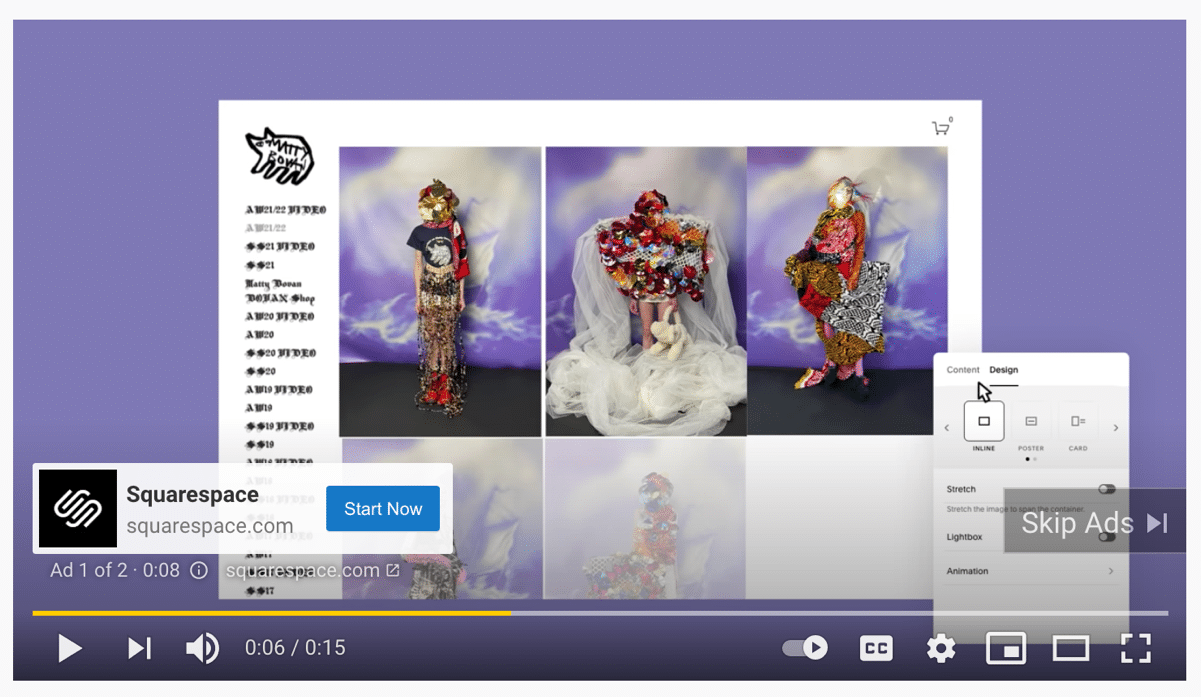
Most of YouTube’s content is heavily monetised.
One of the most pervasive forms of YouTube advertising is pre-roll ads, which can play before, midway or after a video. These generally last 6-20 seconds and for the most part can’t be skipped.
Of course, you could buy into a Vimeo premium plan in the knowledge that advertising is completely banned across the platform. A stance that’s unlikely to change anytime soon.
But it’s also worth remembering that a YouTube Premium subscription which, at £11.99/month is actually cheaper than Vimeo’s Pro plan (£16/month), will also give you a completely ad-free viewing experience.
This one comes down to purely personal preference, which makes it another dead heat.
11. Monetisation
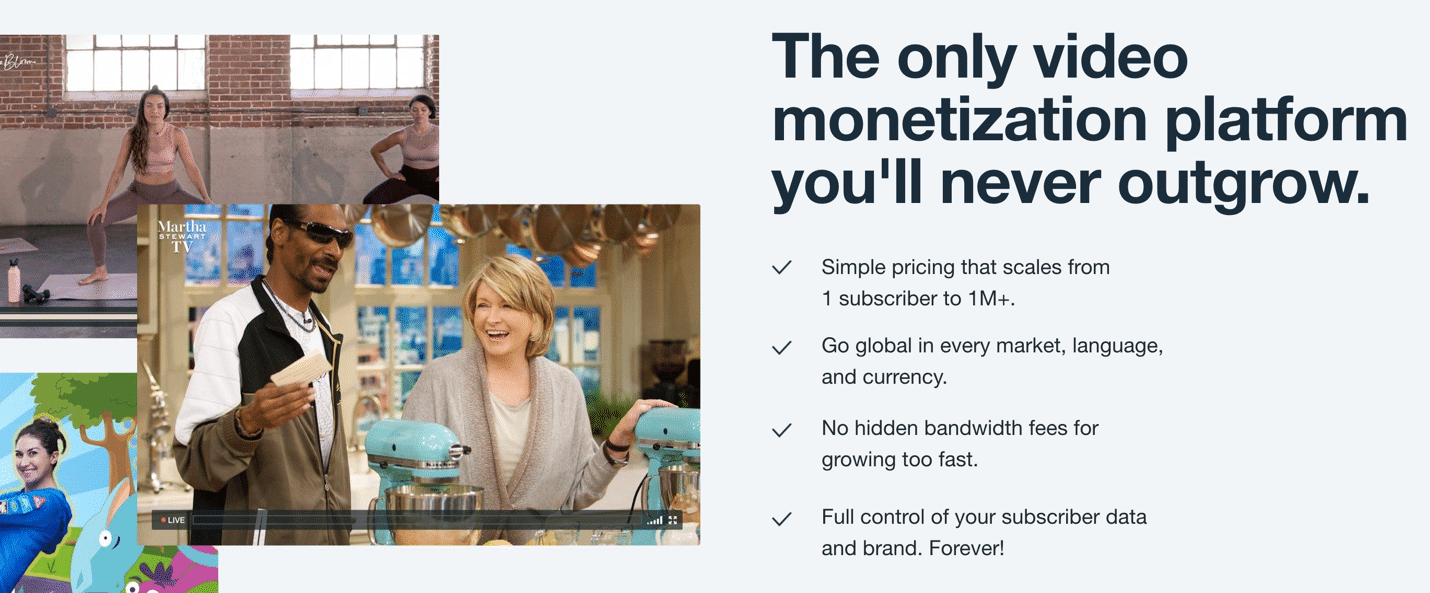
Whilst YouTube ads may deter some viewers, they represent a huge opportunity to reach a captive audience.
YouTube offers a number of advertising options, including skippable ads, pre-roll ads, six second bumper ads that play at the beginning of a video and those annoying overlay ads that appear on the lower portion of a video.
Keywords are also cheaper to target than in Google Search.
Although Vimeo’s core video platform is strictly advert-less, their over-the-top streaming service, Vimeo OTT, offers a range of monetisation options – including subscriptions, transactions and advertising.
Purely based on their long-term experience in this area, YouTube is the clear winner.
12. Customisation
YouTube offers a rudimentary amount of customisation.
It allows you to customise the layout of your YouTube channel homepage with up to 12 sections, as well as creating a channel trailer for new viewers and highlighting featured videos for subscribers.
Vimeo just nudges ahead here, though.
It lets you customise your player to match your branding, so you can change the colours of the play bar and add your logo.
13. Embedding
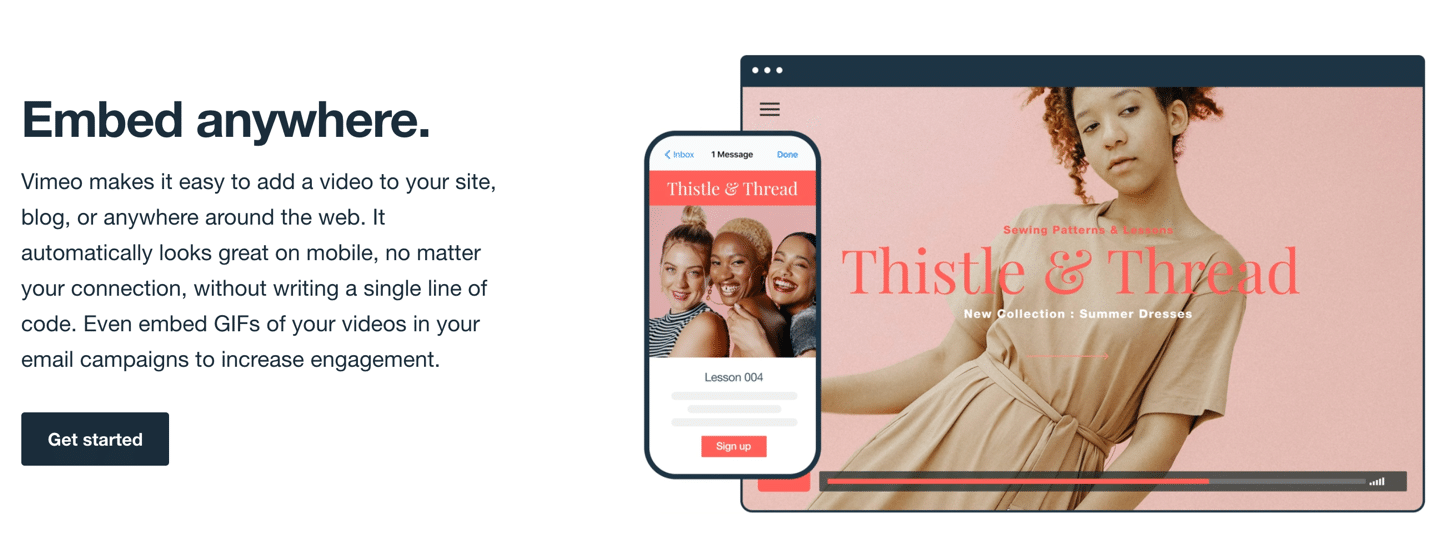
When you embed a YouTube video, your viewer typically sees it as it would be seen on YouTube.
However, if you know your way around code, there are a few further options available.
For instance, you can prevent your audience from making the video full screen or choose where the video starts from.
Vimeo offers a little more scope.
For instance, with the basic free version you can customise the player size, text and play bar colours. Paid subscribers have even more scope, like the ability to show or hide the “Share”, “Like” and “Watch Later” buttons, choosing what displays after a video and being able to specify which sites the video can appear on.
With its slightly more impressive embedding credentials, Vimeo edges this one.
14. Analytics
It’s just so hard to argue with free, though, isn’t it?!
Once again, YouTube gives you access to extremely detailed analytics for nothing.
Without spending a penny, you get key performance metrics, like views, watch time and subscribers.
Not to mention a range of other crucial data, such as the reach of your videos and channel, the amount of engagement your videos generate, and the sort of audience that’s viewing your video content.
Vimeo also offers a host of high-quality analytics, but beyond the bare minimum they’re going to cost you.
15. Collaboration
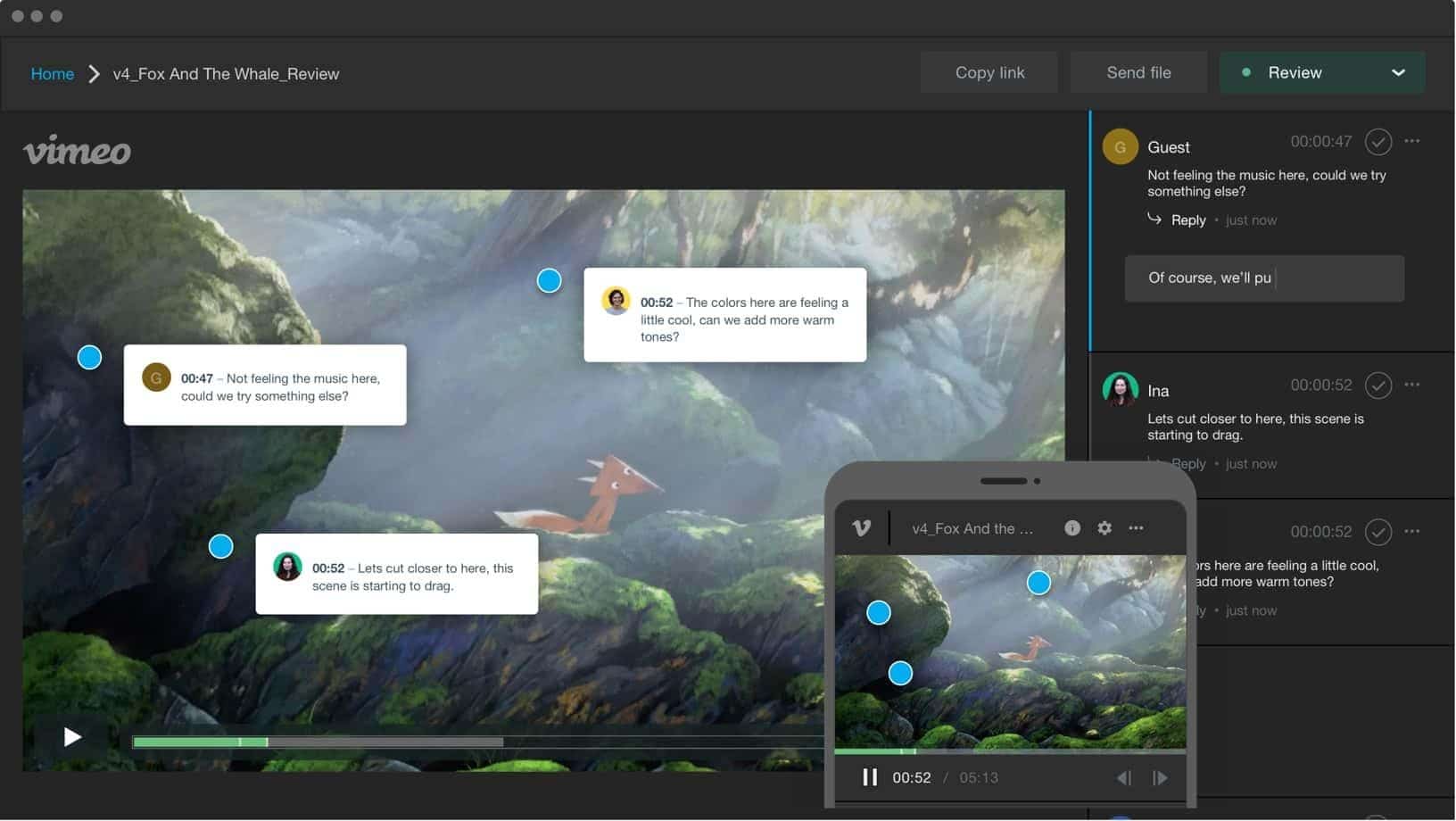
The collaborative options available on YouTube are pretty basic.
You can invite other people to add videos to your playlist and that’s about it.
Vimeo is streets ahead.
It lets you invite anyone to add time coded notes and respond to comments inside the video from any device.
Plus, you can vary permission levels for collaborators, so you can share your video content with team members, freelancers and clients.
If collaboration is your thing, Vimeo wins hands down.
16. Video updates
If you’ve ever uploaded a video to YouTube and realised you’ve made a mistake that needs fixing, you’ll know the pain of having to delete that video and post it again from scratch.
No such problems with a Vimeo video, which can be replaced with an updated version without losing any of the analytics, comments and likes associated with it.
Your updated video uses the same URL and all your previous versions are saved for good measure.
For sheer convenience, Vimeo takes it again.
17. Live streaming
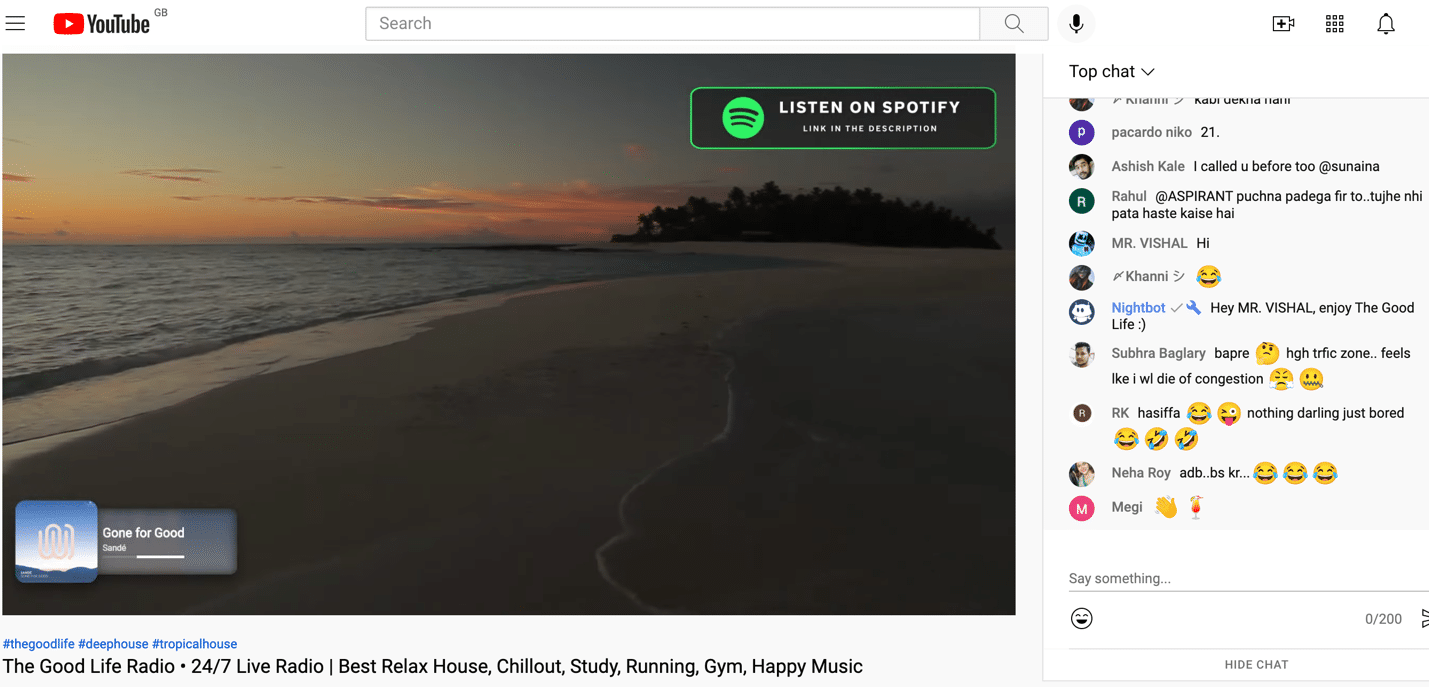
This is where YouTube wrestles back control.
Because as long as you have a verified YouTube account that hasn’t had any live stream restrictions to its name within the last 90 days, you can live stream through YouTube Live for free.
Although Vimeo does let you live stream, you’ll need to invest in its top tier, most expensive Premium plan for the pleasure.
However, this does let you stream up to 1080p as often as you like to an unlimited number of viewers.
If you want to stream without too many costs or hassle, though, YouTube is the one.
18. Copyright protection
YouTube’s automated Content ID system allows copyright owners to identify videos that include content they own.
As a result, they can automatically detect and disable videos that feature copyrighted materials.
The upshot is that you’re highly unlikely to infringe copyright law by mistake.
Vimeo doesn’t go to such extreme lengths to take down videos. So you’ll need to be extra cautious about what you post on there.
19. Privacy options
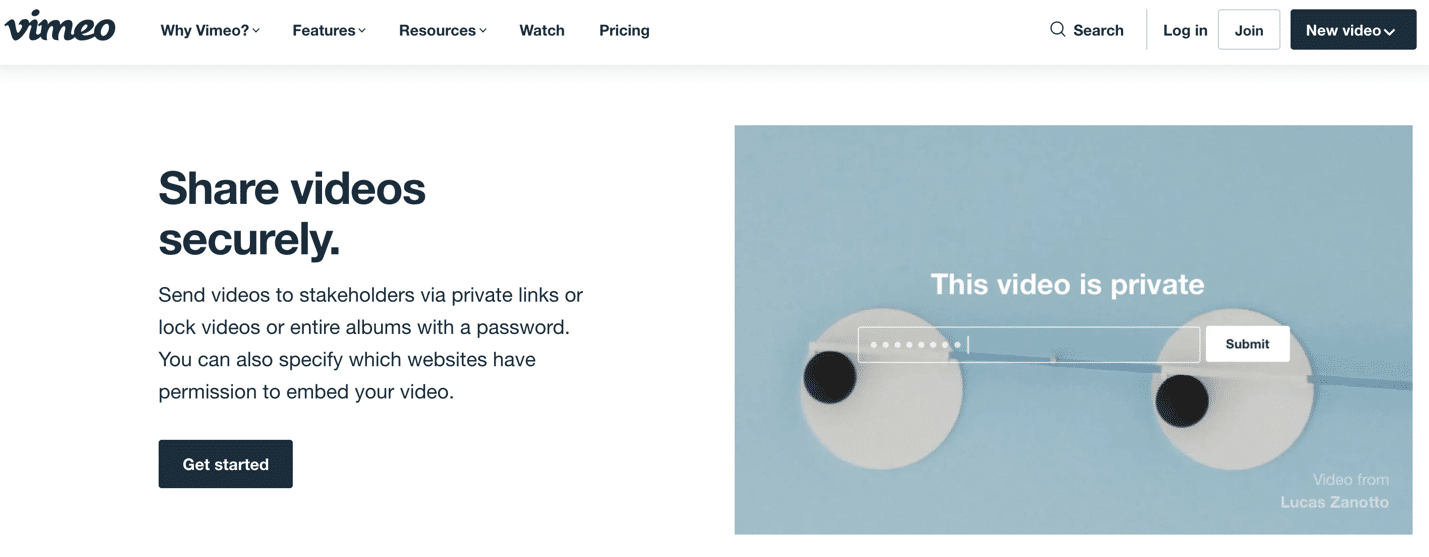
YouTube gives you three privacy options.
The default Public setting means that videos can be watched by anyone. Private videos can only be watched with an invite. Unlisted videos can only be watched with a link and don’t show up in searches or on your channel.
Vimeo offers slightly more granular control over your privacy settings, including password protected videos. This feature is great for sharing videos with clients, for example.
A little bit of extra privacy can be useful, so this one goes to Vimeo.
20. Reputation
YouTube is known worldwide, as the user stats confirm.
If you want to find a tutorial video, research a product or find out more about a topic where do you go? Nine times out of ten, it’s YouTube.
However, Vimeo is certainly more respected in the creative industries. This makes it a better choice when targeting this type of audience.
This one was close, but YouTube just takes it in terms of their undeniable clout.
And, with that, the sheer numbers give it to YouTube.
But that’s only half the story.
Summary
This Vimeo vs YouTube contest was an extremely close run thing. That’s no great surprise when you consider all the pros and cons each platform has to offer.
In a straight shootout between Vimeo vs YouTube, however, the decision is purely a personal one. The m
Which one you choose as your preferred hosting provider comes down to a whole range of business considerations, including your industry, audience, budget and goals. These considerations should be front of mind whenever you create videos for your business.
For start-ups and smaller businesses with a modest marketing budget looking to make a splash, YouTube is the obvious choice. It’s free, easy to use and can really boost your rankings on Google if you optimise your videos well. Other professional video creators may prefer to go with Vimeo as a home for their video marketing efforts.
Don’r forget, it isn’t necessarily a case of one or the other. You can, of course, use both – and uploading the same video to both platforms is a great way to test which platform works best for you.
If you’ve enjoyed this read and would like more tips on how to make the most of YouTube, check out our blogs about YouTube analytics, YouTube advertising and YouTube channel art.





